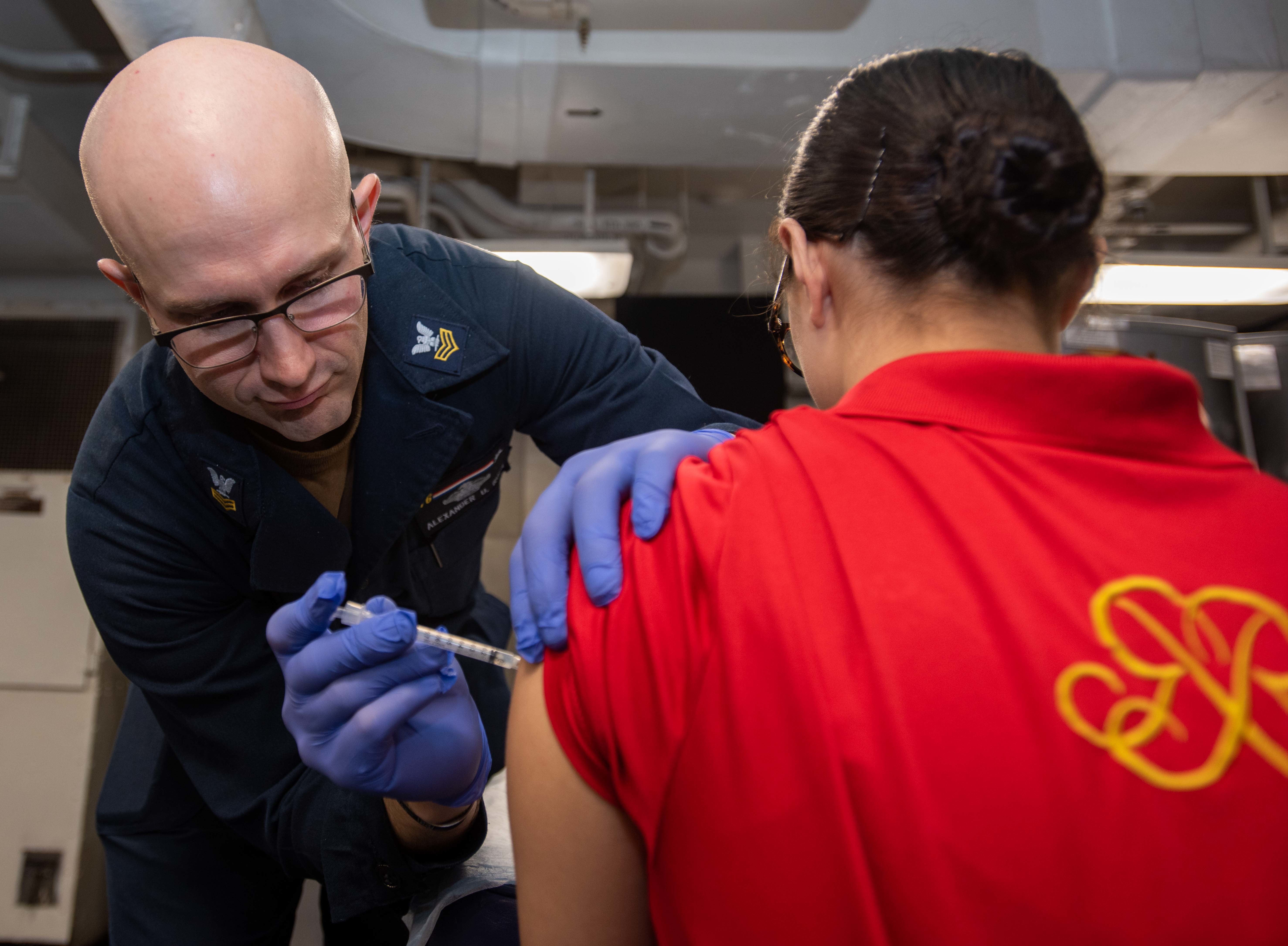
The Pentagon has offered limited guidance in the three weeks since Secretary of Defense Lloyd Austin officially rescinded the COVID-19 vaccination mandate, leaving service members with questions about their statuses.
Austin officially rescinded the COVID-19 vaccination mandate on Jan. 10 after the order’s removal passed as part of the Fiscal Year 2023 National Defense Authorization Act.
According to Austin’s memo, the Department of Defense would cease any separation of those who refused to get the COVID-19 vaccine, which had already been on pause since President Joe Biden signed the NDAA on Dec. 23.
For the Navy, that meant at least 4,095 sailors who had their separations paused as a result of legal action over religious exemption requests would no longer face separation.
But their status and that of the 2,089 sailors who were forced to leave the service is unclear.
Here’s what’s known so far:
Will the Pentagon reinstate service members who were separated over the vaccine?
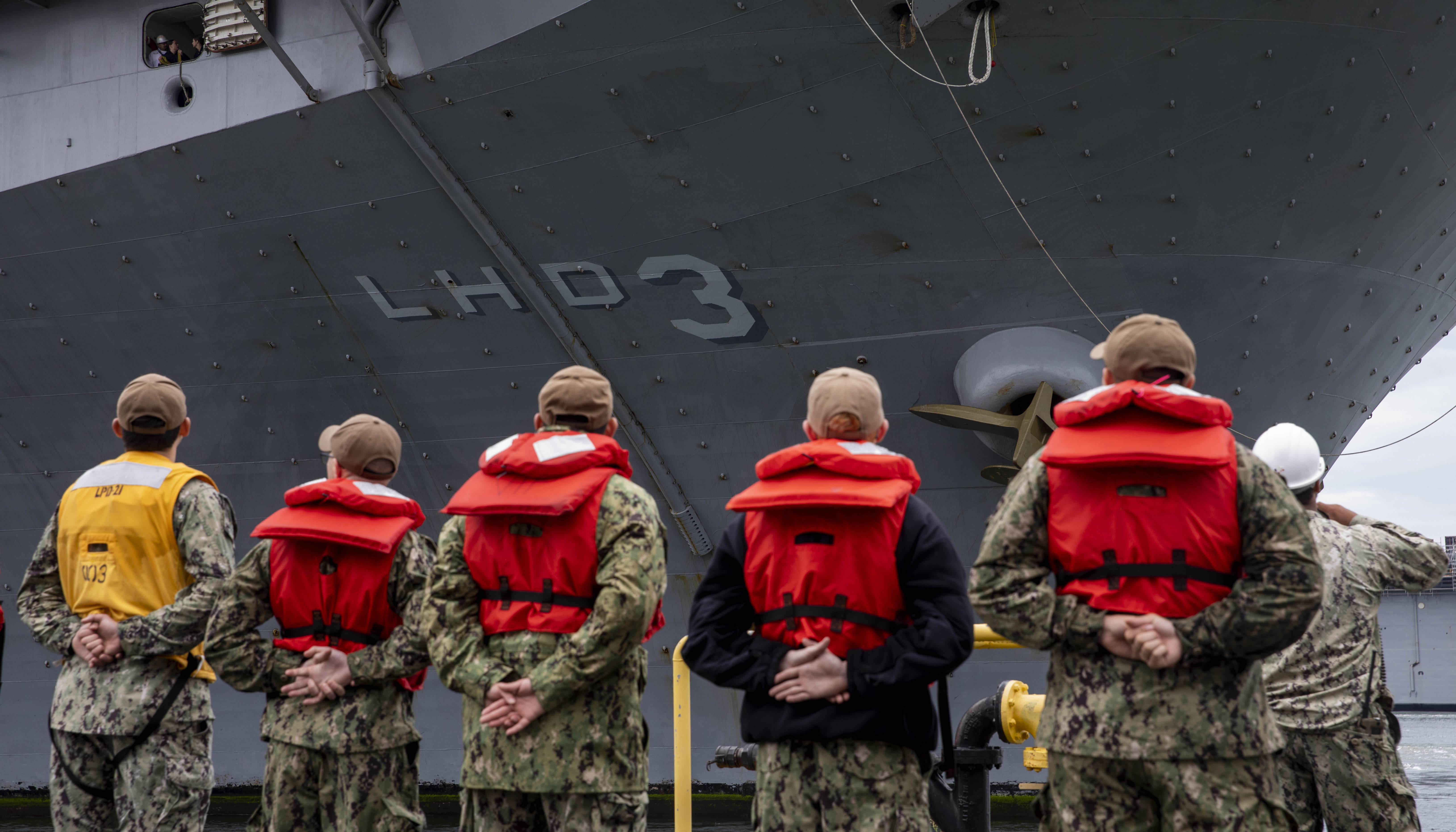
The Pentagon has not said whether it will reinstate service members separated for refusing to take the vaccine. While earlier versions of the FY 2023 NDAA included language that called for further exploring reinstatement, USNI News previously reported, the final version does not expand beyond ordering Austin to rescind the mandate.
“Not later than 30 days after the date of the enactment of this Act, the Secretary of Defense shall rescind the mandate that members of the Armed Forces be vaccinated against COVID-19 pursuant to the memorandum dated August 24, 2021, regarding ‘Mandatory Coronavirus Disease 2019 Vaccination of Department of Defense Service Members,’” reads Section 525 of the NDAA.
Has Congress issued any more guidance about the vaccine?
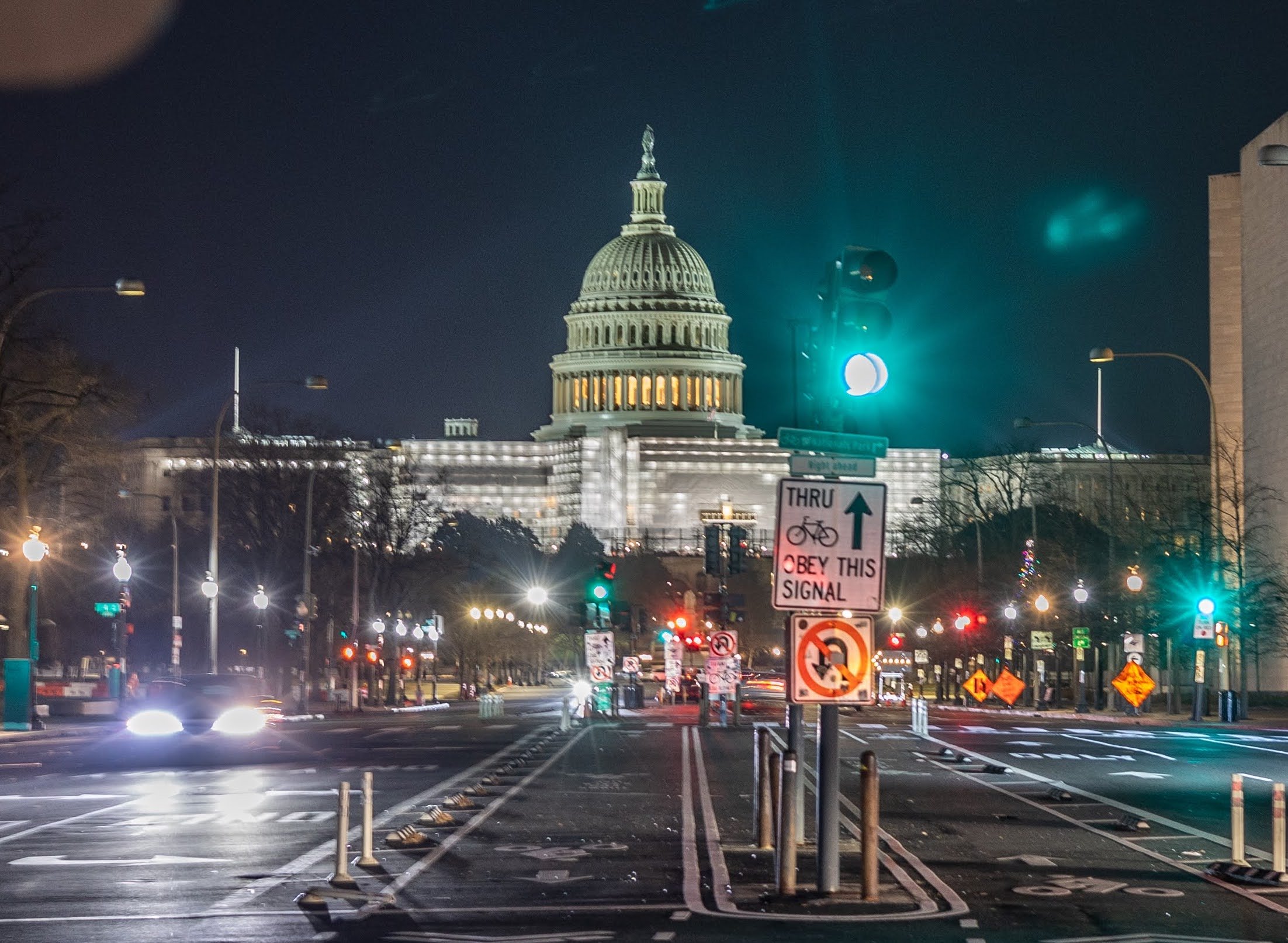
Not yet. Sen. Ted Cruz (R-Texas) has introduced a bill with 18 other senators called the AMERICANS Act, which calls for reinstating service members who were separated due to refusal to get the COVID-19 vaccine.
The bill also calls for the Department of Defense to restrain from adverse action against anyone without the COVID-19 vaccine. However, it does allow for the services to not deploy anyone without the vaccine if the target country requires the vaccine for entry.
The bill’s acronym stands for Allowing Military Exemptions, Recognizing Individual Concerns About New Shots Act of 2023.
Other groups, including the Navy League, are also calling for service members to be reinstated despite being separated for refusing to follow a then-lawful order.
As part of its legislative agenda for 2023, the Navy League introduced “Heal the Breach,” which calls for the Marine Corps to start a policy allowing the 3,717 separated Marines back into the service.
The Reserve Organization of America also called for the reinstating service members with back pay.
Former Vice President Mike Pence also called for the military to bring back those separated over the vaccine in an interview with The Hill.
Will those who separated get back pay?

The Pentagon is not pursuing back pay for any service member separated for refusing to get the COVID-19 vaccine, Pentagon Press Secretary Brig. Gen. Pat Ryder told reporters on Jan. 17.
How many service members were separated?
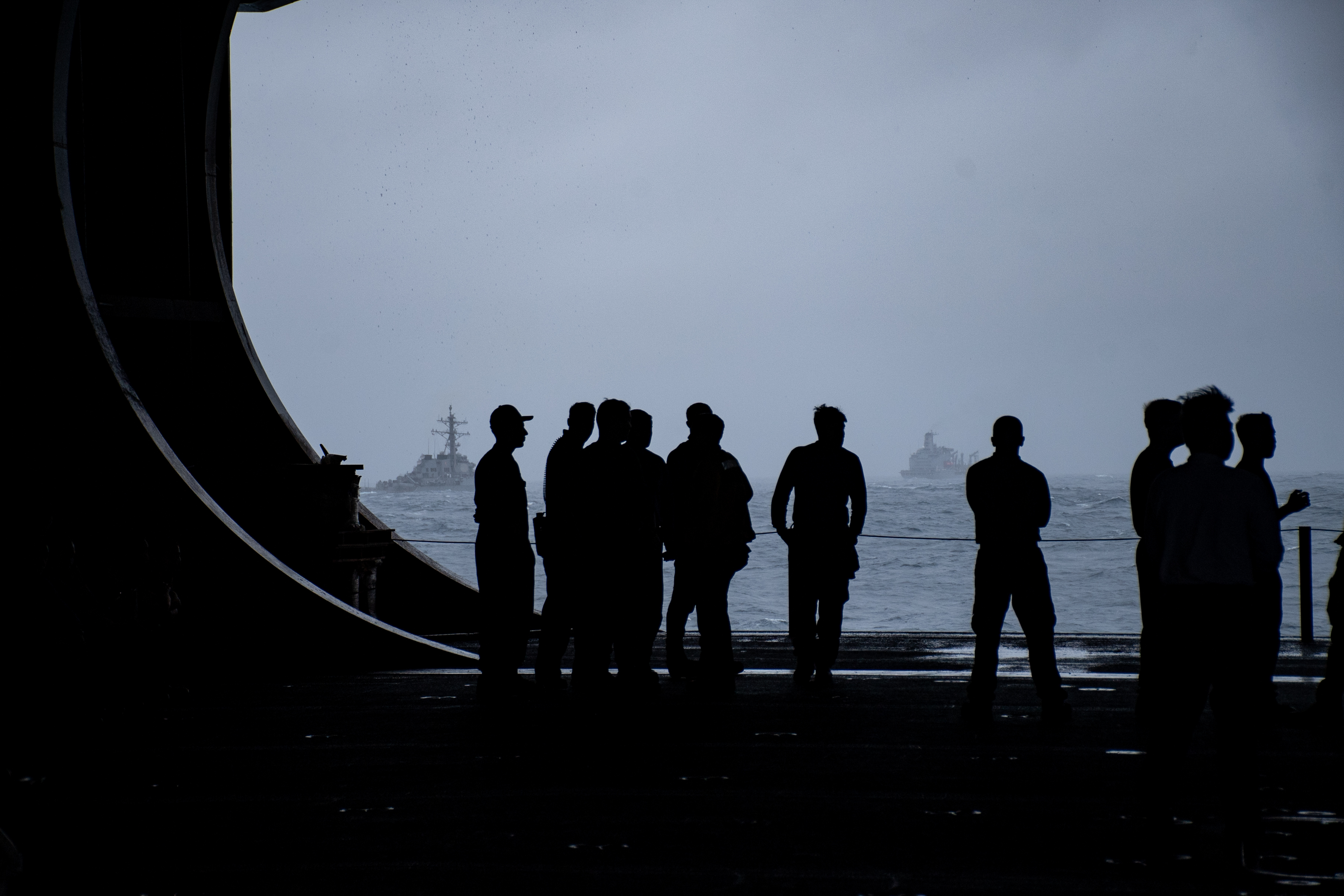
The Navy separated a total of 2,096 sailors, 1,664 of whom were on active duty, not including 32 who were separated in the first 180 days of service. The Marine Corps had separated 3,717 Marines, as of Dec. 1. The Army separated 1,861 active-duty soldiers as of Dec. 15. The Air Force did not say how many airmen or guardians were separated in their latest COVID-19 update in December.
How many took the vaccine?
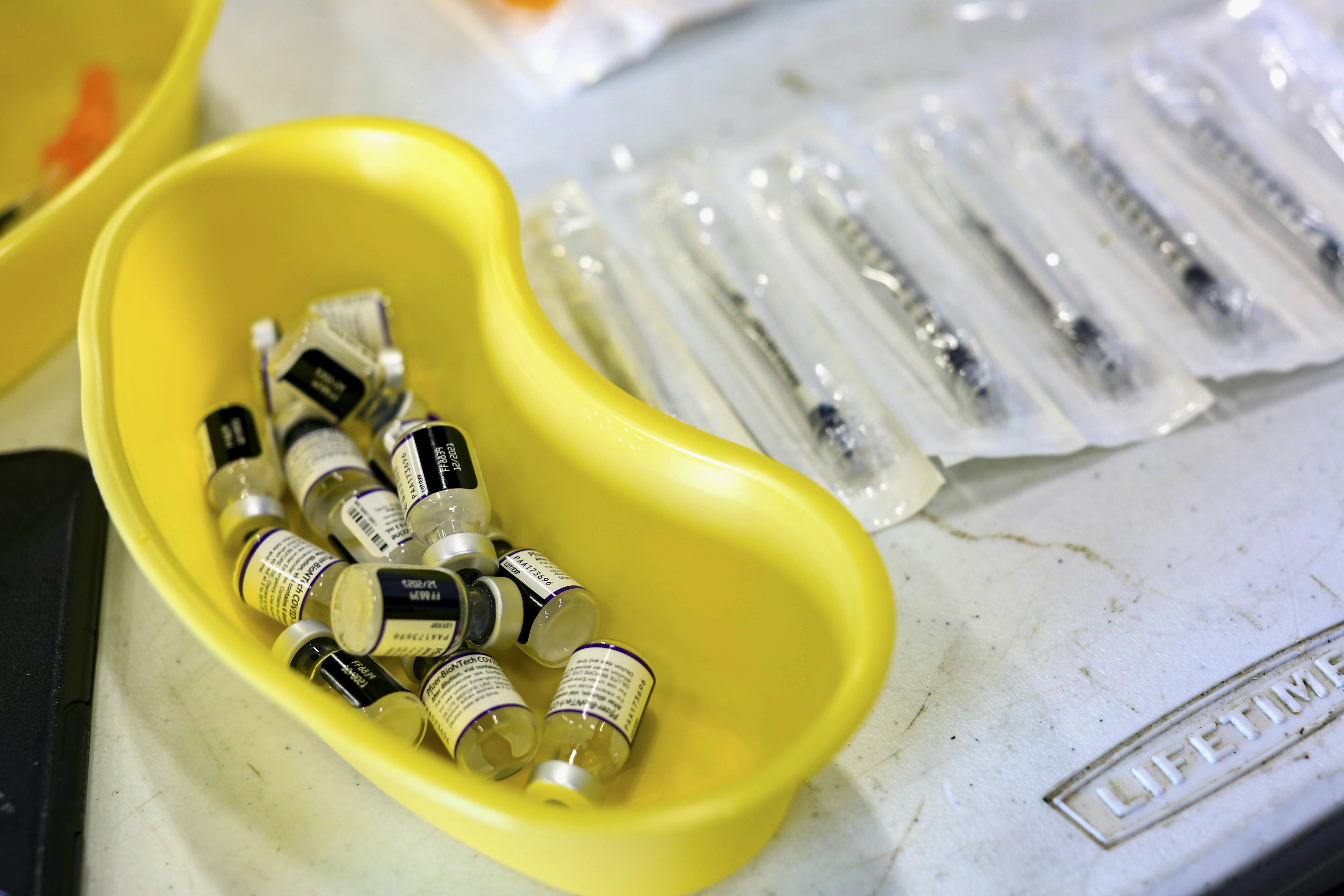
The Department of Defense said that the overwhelming majority of service members did get vaccinated against COVID-19. The Marine Corps, which had the highest number of separations, had 96 percent of its force vaccinated.
As of June 30, 2022, the total end strength for the Navy was 344,022 and 174,484 for the Marines, according to a Congressional Research Service report. Based on those numbers, about 0.5 percent of the active duty Navy was separated and about 2 percent of active duty Marines.
What’s the operational status of unvaccinated service members?
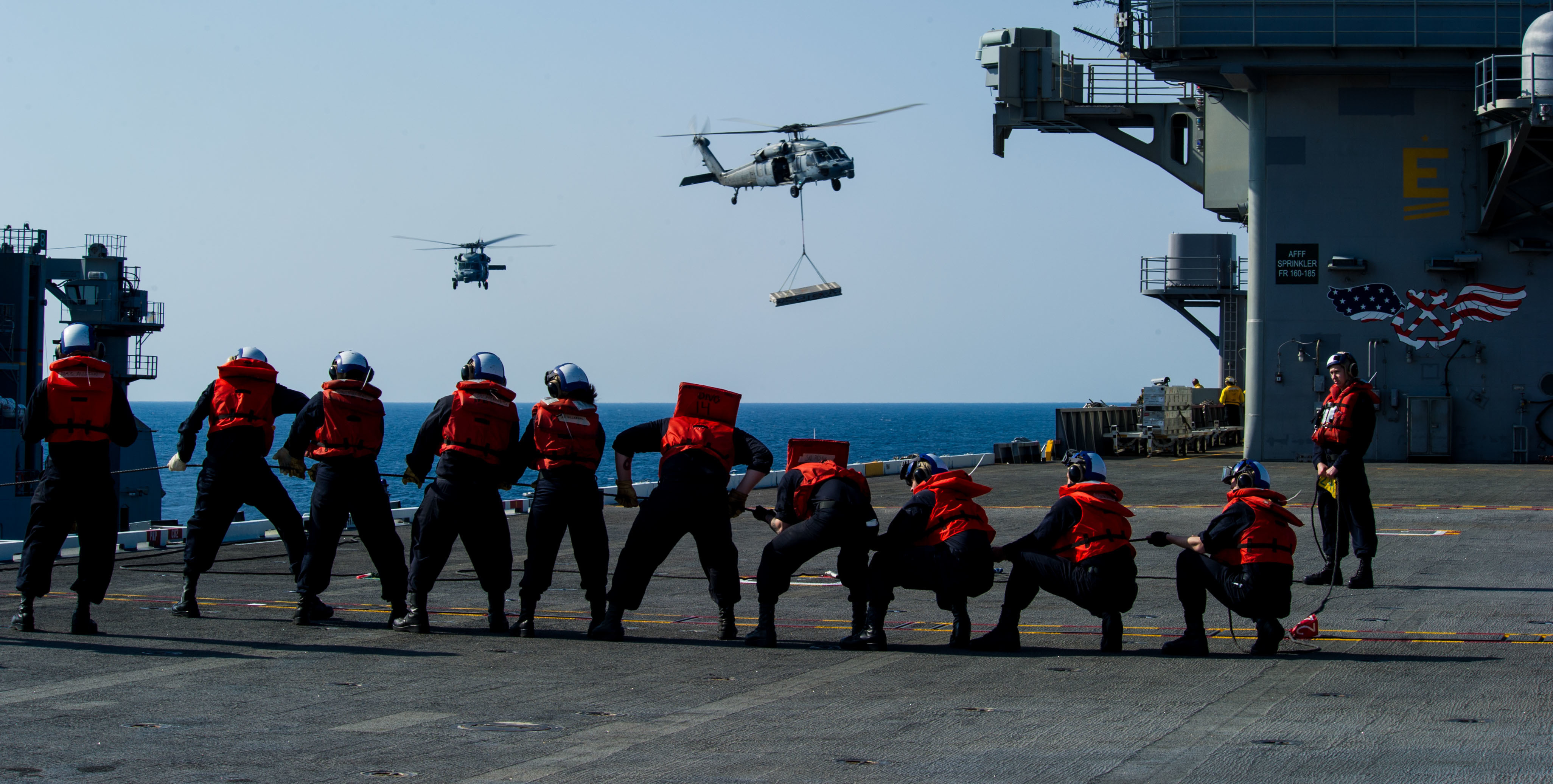
The Pentagon has not issued specific guidance on the status of unvaccinated personnel. It’s likely that they will be considered operational, with the caveat that they cannot deploy to countries that require vaccination for entry.
The Defense Health Agency lists the COVID-19 vaccine as recommended for all current areas of responsibility. However, there are vaccines, such as anthrax, that can be required depending on where a service member is deploying and for how long.
Countries like Japan and South Korea, which had some of the stricter entry requirements, have lifted their vaccine requirements for entry, as of Tuesday. But countries can change their entry requirements, which could potentially bar service members from entry if they are not vaccinated.
What about the ongoing lawsuits?
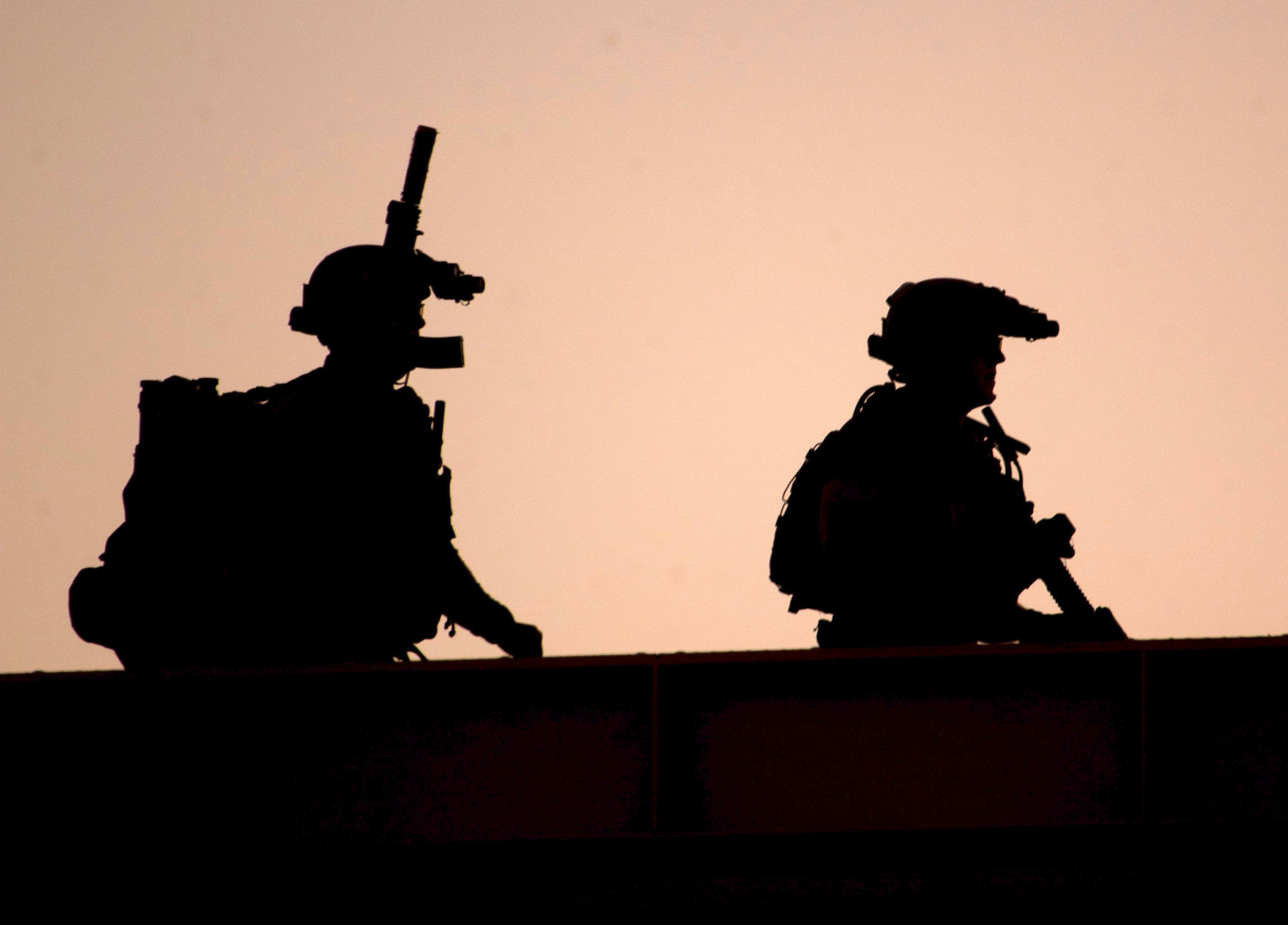
There are a number of lawsuits that arose after the Pentagon issued the vaccine mandate, including ones that specifically targeted Navy officials. One of the lawsuits, U.S. Navy SEALs 1-26 v. Biden, is currently being argued in the Fifth Court of Appeals and in the District Court for Northern Texas. The Fifth Circuit Court of Appeals upheld a preliminary injunction in the case, which banned the Navy from separating any sailors who had filed religious exemption requests for the vaccine. Similar lawsuits were filed with plaintiffs from the other service branches.
The attorneys for the Navy SEALs were in court Monday arguing that the injunction and class action lawsuit should continue because the Navy continues to punish unvaccinated sailors, even though the mandate no longer exists, First Liberty attorney Mike Berry told USNI News.
“Unfortunately, that’s what the Secretary of the Navy himself has already said publicly, which is he said that there’s going to be two classes of people in the Navy, they’re going to be the vaccinated and the vaccinated and the vaccinated are going to be the only ones who are allowed to do things,” Berry said. “And so that’s exactly the kind of discrimination that we’re trying to prevent, put a stop to.”
Secretary of the Navy Carlos Del Toro told reporters that there would be two classes of people in the Navy, the vaccinated and the unvaccinated, prior to the passage of the NDAA. The Navy has not issued any specific guidance about the operational status of any unvaccinated sailors.
Another lawsuit filed against Navy and Department of Defense officials had plaintiffs from across the services, including a Navy surface warfare commanding officer, who was not named in the lawsuit.
The commanding officer was assigned temporary shore duty because the CO wasn’t vaccinated, but was protected by an injunction that prevented the Navy from separating the officer.
The lawsuit was considered moot after the DoD rescinded the mandate, according to electronic court records. But the commanding officer is still on temporary shore duty, attorney Mat Staver with Liberty Counsel told USNI News on Jan. 27. Staver said his client has not been updated on their status.





